Getting back to public transport

A new RAA survey has found that South Australians are reluctant to use public transport, but why?
Is it overcrowding or unreliable services? Maybe COVID-19 is still playing a factor. RAA asked commuters why they’re avoiding buses, trains, and trams, with the findings potentially shaping the future of public transport in SA.
Most people think I’m crazy for relying on public transport in South Australia. They just can’t wrap their heads around the fact that I prefer catching the bus, train, tram, and sometimes the O-Bahn, instead of getting behind the wheel of a car.
For starters, I don’t like the stress caused by traffic and finding a car park.
Having said that, I do question my sanity every time the bus is running late, the train breaks down or overcrowding makes my journey a nightmare. Forgetting to carry my MetroCARD or getting stuck when it’s low on credit is a personal gripe.
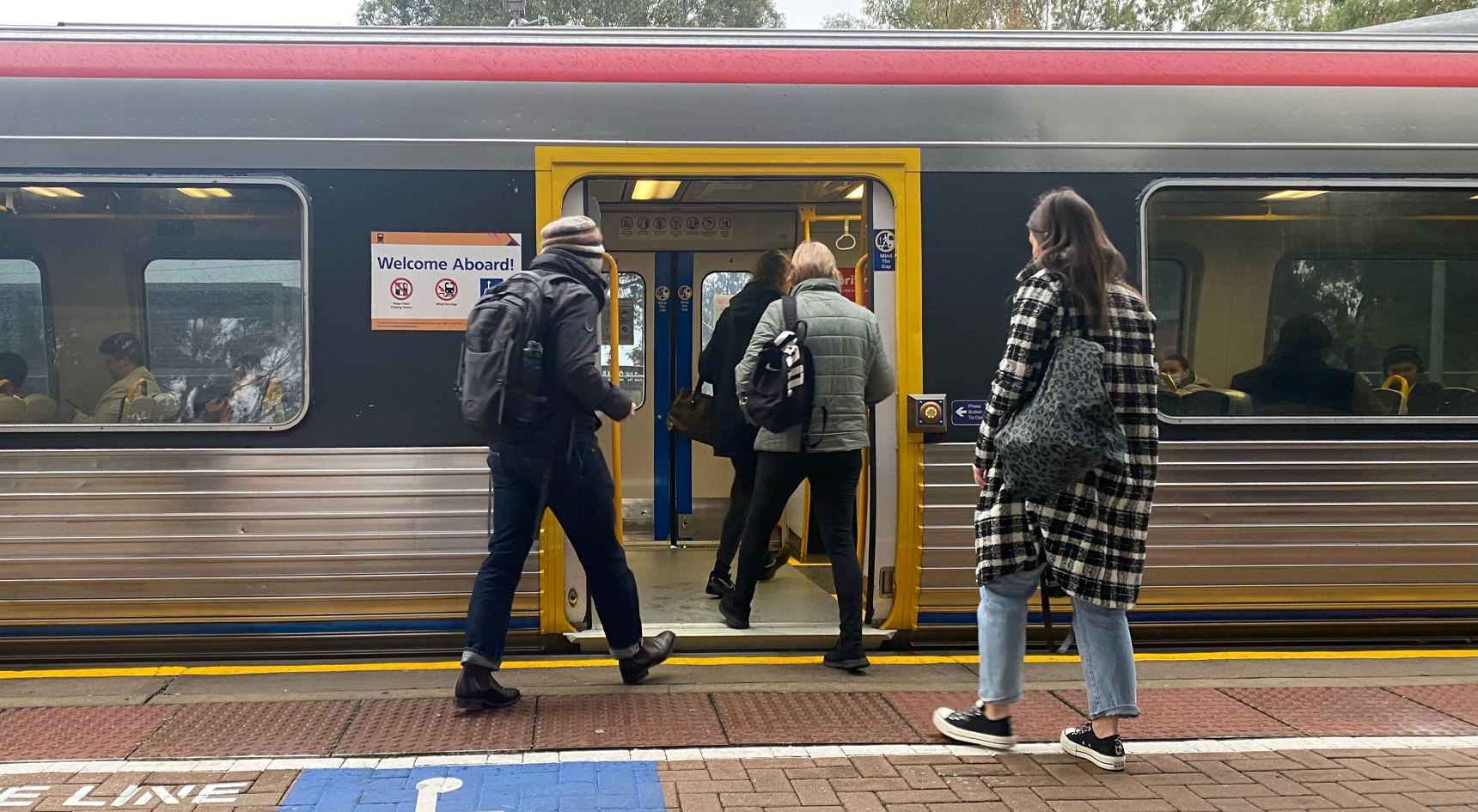
These factors feed into a negative narrative about public transport many South Australians subscribe to. Whether it’s real or imagined doesn’t matter. We wanted to understand why some people felt this way.
RAA Senior Manager Safety and Infrastructure Charles Mountain wanted to know more about the underlying factors driving these attitudes.
“We asked ourselves why South Australians felt this way about public transport,” Mr Mountain said. “We wanted to better understand the issues discouraging people from using public transport.
The end goal is to make public transport a more viable option for people all over the state.
Who’s catching public transport?
South Australians use public transport less than just about anywhere else in Australia. According to 2021 data from the Australian Bureau of Transport Research (BITRE), only 4.4 per cent of kilometres travelled in Adelaide are on public transport.
This is the third lowest of any capital city, only above Canberra (2.5 per cent) and Hobart (3.1 per cent). Sydney topped the rankings with 10.4 per cent of kilometres travelled on public transport.
Respondents to a recent RAA survey cited several reasons for being public transport shy. Major turn-offs included lack of available services, low frequency, unreliable service and poor connectivity to other locations across the state.
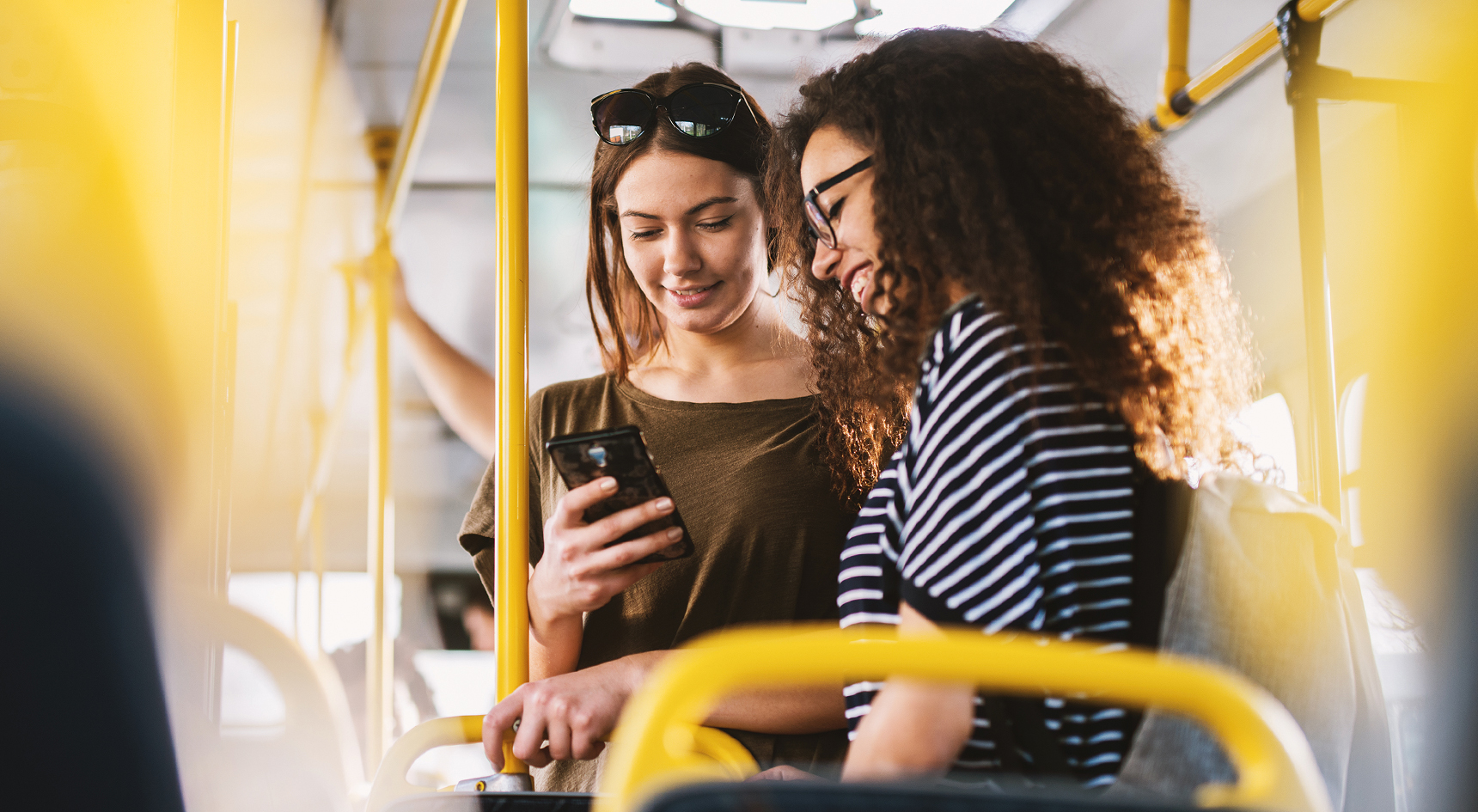
Safety was another issue raised by travellers. Despite security guards patrolling selected trains and stations, some people still didn’t feel safe on public transport.
This issue was magnified during the pandemic when many commuters feared the possible spread of germs and infection.
Commuters from the northern suburbs turned to other modes of transportation while the Gawler Central line was closed for 18 months for electrification works.
However, the line reopened in June this year and more people are now using the upgraded service regularly.
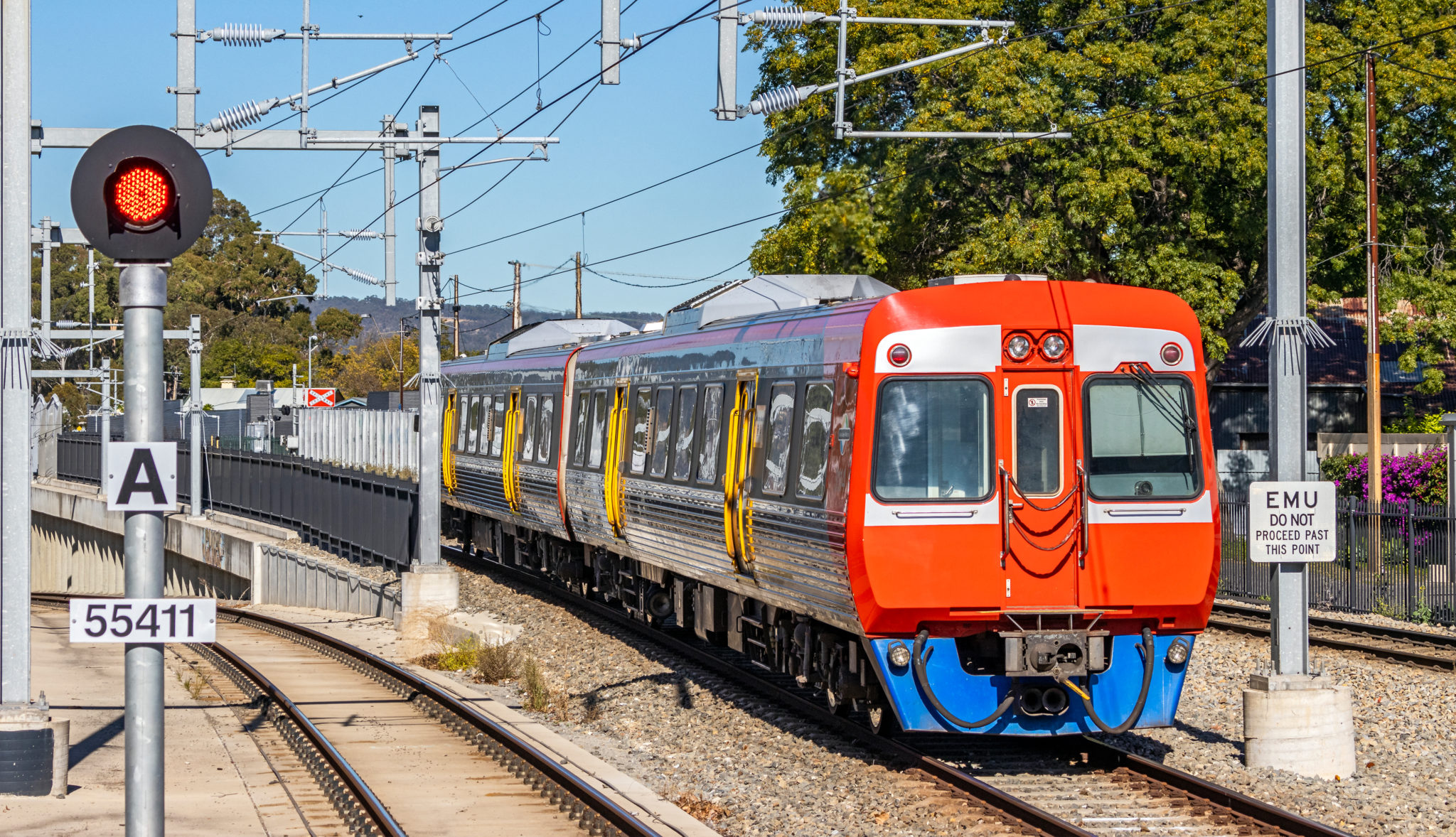
Are fares fair?
More than half of respondents thought public transport fares were reasonably priced despite a recent 2.5 per cent ticket increase. There was little support for mode-based fares, which vary depending on whether you caught the bus, train or tram.
However, distance-based ticket pricing was popular.
Public transport users would like cheaper fares for shorter trips and more expensive tickets for longer journeys. This would make catching public transport better value for money than driving a car over short distances.
With many other Australian states adopting this ticket-pricing structure, South Australians think it’s time to bring it into action here.
Buying a ticket divided survey respondents. MetroCARD holders found it easy to top-up their credit balance while MetroTicket users faced challenges buying for single and day trips. A lack of nearby retailers and ticket vending machines were the main reasons for this.
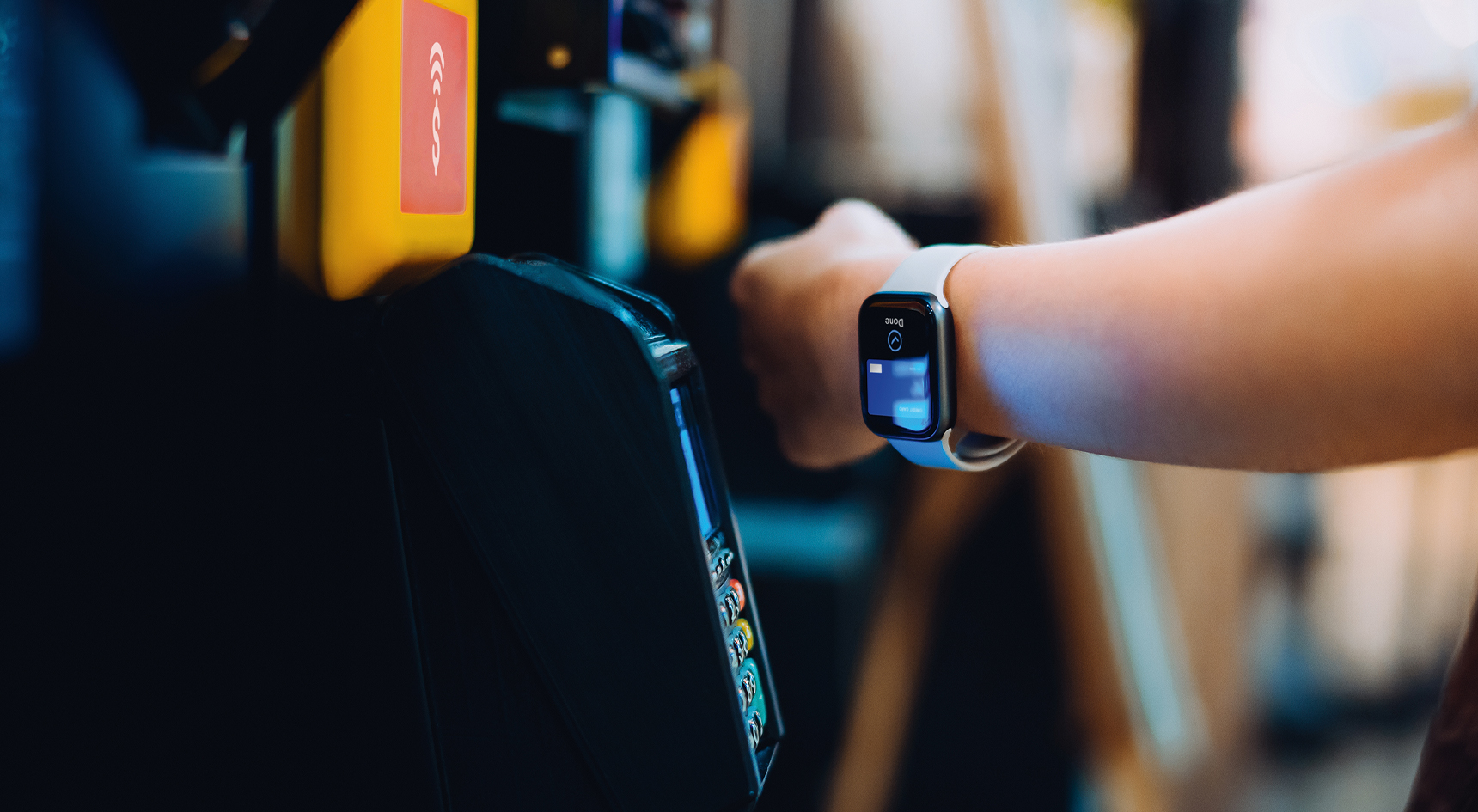
Digital ticketing would help alleviate this problem. Smartphone apps with the capability to purchase tickets and recharge balances, along with journey planning and timetable features, are already used by public transport systems across the world.
An overwhelming 64 per cent of respondents said they’d use this digital one-stop shop. This spiked with people under 30, with 82 per cent saying they’d like a phone app with these capabilities.
Currently, there is no app in South Australia that offers this type of all-in-one public transport experience, and in particular, the ability to purchase and validate on board using a smartphone app.
Digital purchases via a dedicated smartphone app were more attractive to users than tap-and-pay by phone or with credit card, which is currently available on Adelaide trams.
Trams, trains, or buses
Almost half of respondents said that buses were their most used mode of public transport.
Bus users placed the highest value on safety, cleanliness, and the ease of checking timetables. Trains were next most used (34 per cent) followed by trams (17 per cent).
Some interesting patterns emerged when we dug deeper into what is important to people when deciding to catch the bus:
- People under 40 in particular want reasonable travel times on their journeys.
- Women want to feel safe catching buses.
- People with a physical disability want to feel confident they can get a seat on a bus.
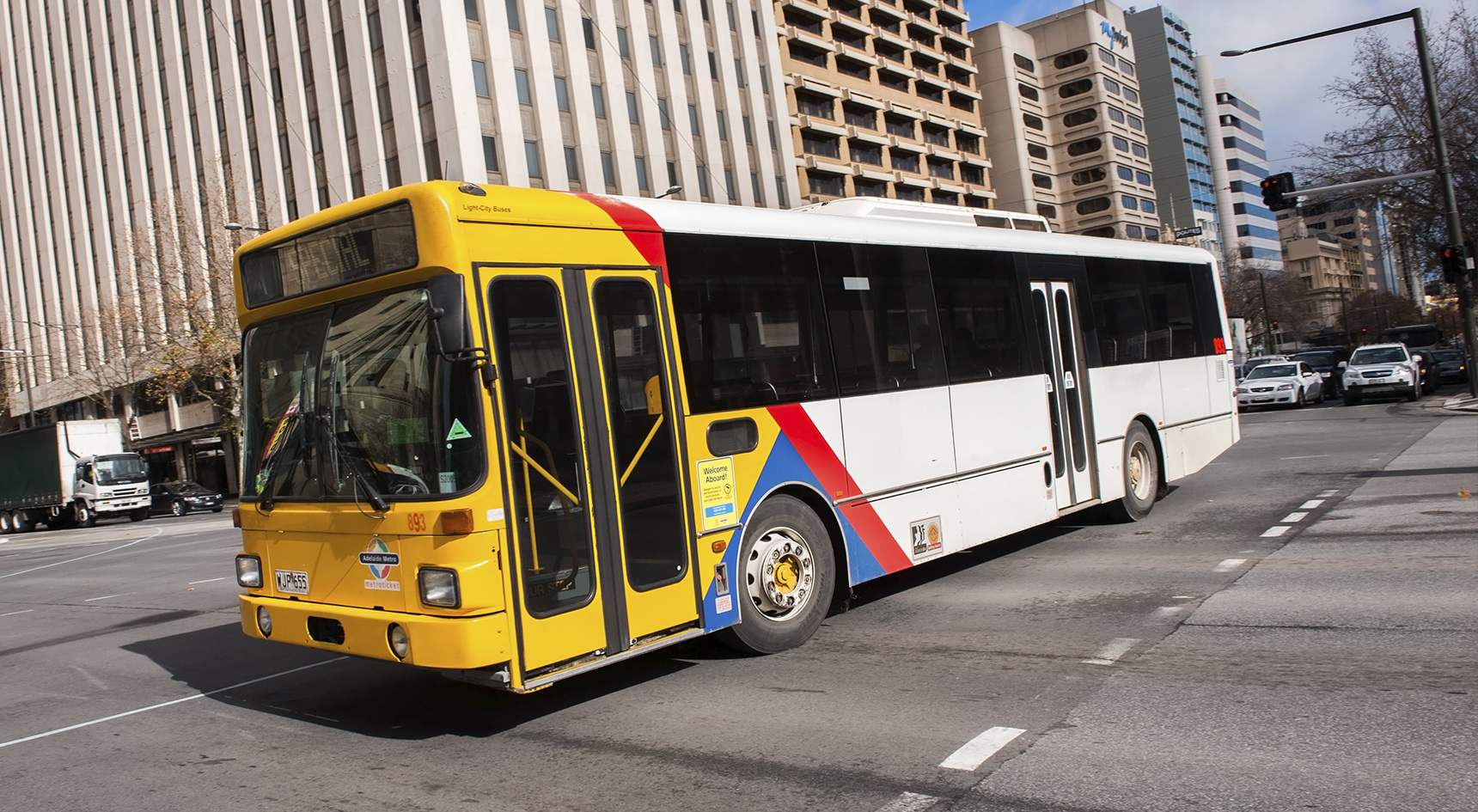
Despite the popularity of buses, there were loud calls for improvements to existing infrastructure. RAA members want more:
- bus routes
- indented bus stops
- Park ‘n’ Rides, and
- bus signals at traffic lights.
Connectivity is also an issue. Some people want more intra-suburban routes across metropolitan Adelaide. Other survey respondents felt bus routes were too focused on people working and living in the CBD.
While buses are the choice of frequent users, infrequent users catch trams more often than any other user groups.
Our researchers think that this speaks to the popularity of trams for events and the convenience of free travel within the city.
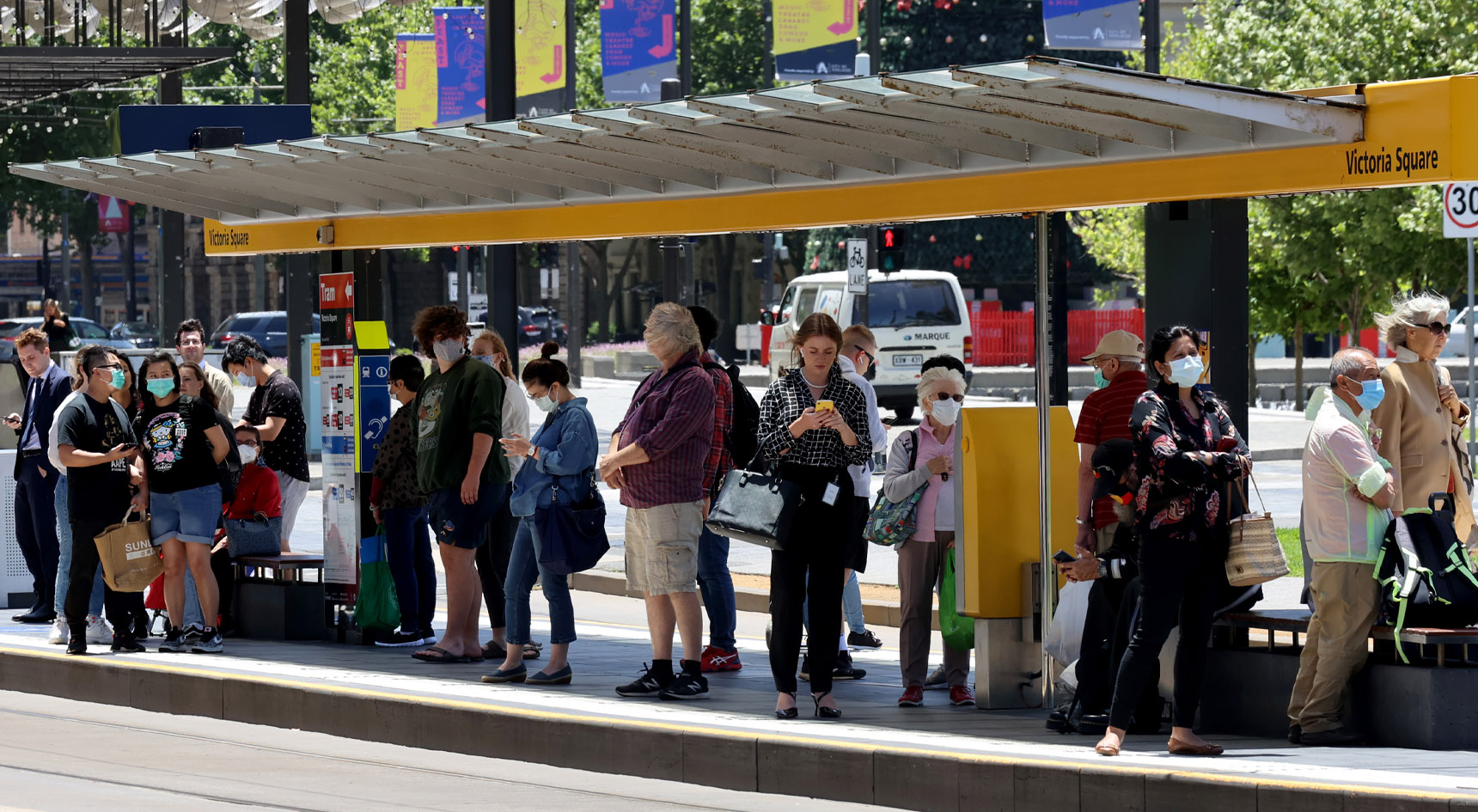
What we found
Public transport will need upgrades to supporting infrastructure and improvements to the overall customer experience to attract more people to use it.
Restoring community confidence in public transport is crucial to increasing patronage, particularly as COVID-19 restrictions are lifted.
Cleaner buses, better safety, indented bus stops, and expanding the network to cover areas outside the Adelaide CBD, including regional SA, would help entice users back to public transport.
Survey respondents want more frequent services that arrive at their destination quicker, as well as better ticketing. Embracing more flexible fare structures and adopting mobile ticketing warrant further investigation.
Although public transport use will increase among some people, breaking post-pandemic travel patterns could prove difficult. It’s expected to take some time before usage rates return to the levels seen before COVID-19.
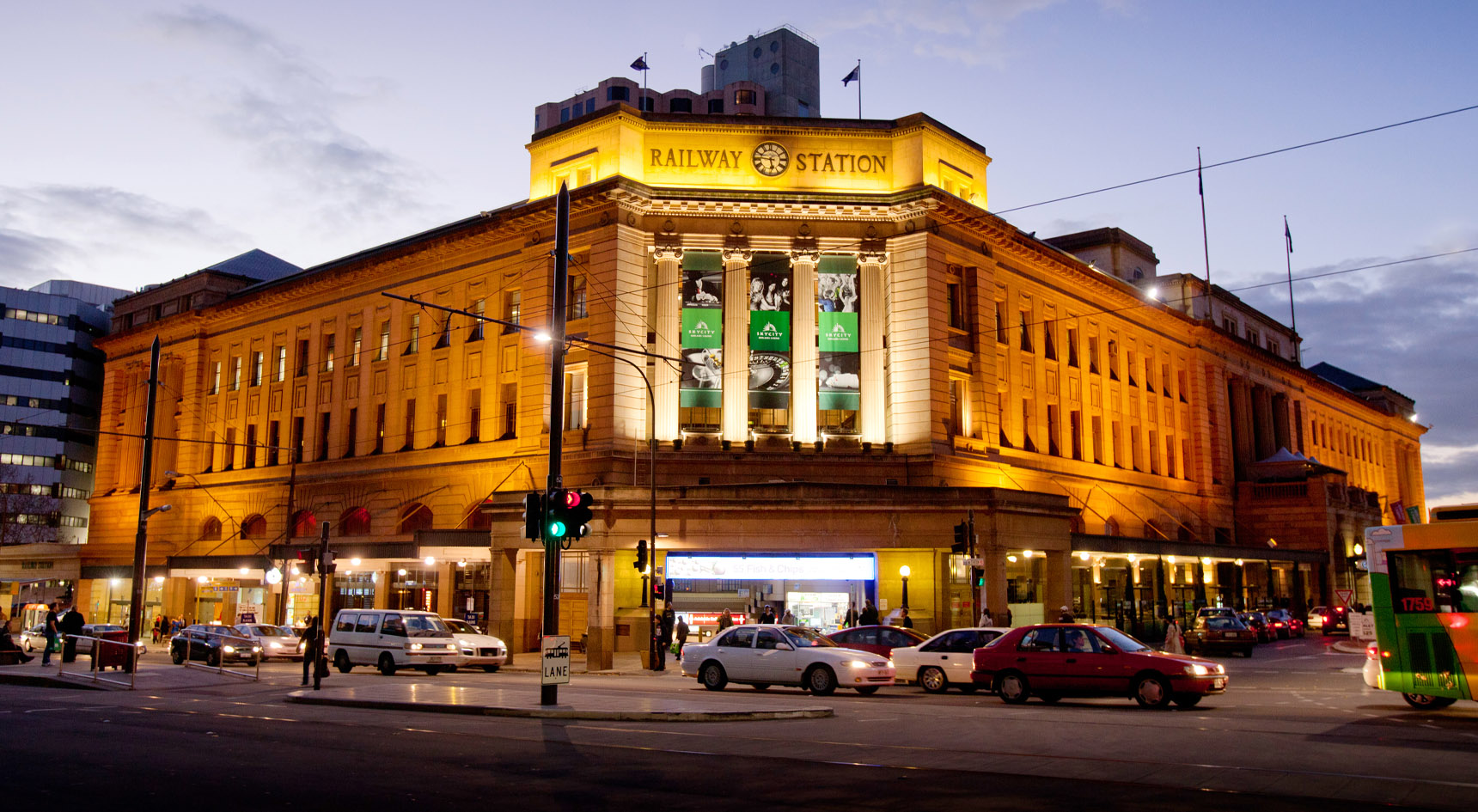
What does this all mean?
The survey revealed that South Australians aren’t using public transport as much as they could for a variety of reasons.
However, the findings give us an insight into what we can do to make buses, trains and trams more appealing. Mr Mountain championed the virtues of a vibrant public transport system.
A strong public transport system is a critical ingredient for a globally attractive, economically productive, environmentally sustainable, and highly liveable state.
“People can save money by leaving their cars at home,” Mr Mountain said. “They’d also help the environment and ease congestion on our roads.”
“Public transport has a crucial role to play in the future of mobility.”
The people have had their say, and the data has told us what needs to be done. The challenge now is to act and get people back on board.

